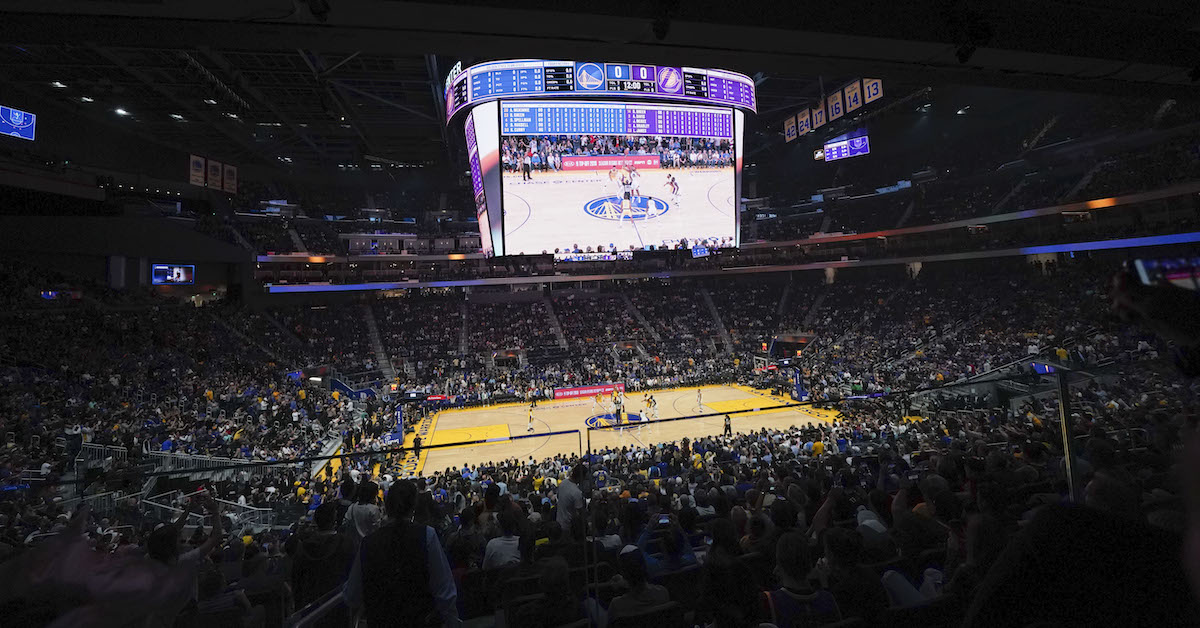California local governments lost $20 million operating golf courses in fiscal 2020, per report

About two dozen golf courses run by local governments in California lost money in fiscal year 2020. According to a new report from the Reason Foundation, three lost more than $2 million.
The report reviewed financial statements from 221 local governments, indicating that they ran golf courses on their 2020 financial reports. Of those, 155 lost money operating those courses in the 2020 fiscal year, losing $61 million in taxpayer funds. The report notes that the 221 courses identified in municipal financial statements are just a “subset” of all local government-owned courses.
California’s Indian Wells Golf Resort, which is owned by the city of Indian Wells, had the most significant operating loss reported at over $4 million. Two other local government-run golf courses in Carlsbad and Dinuba saw losses of more than $2 million in 2020, according to the report.
“Obviously, the extent of COVID-19-related lockdowns likely played a role in the 2020 financial results of many courses, particularly in California, Hawaii, and other states with strict or long shutdowns,” Marc Joffe, Reason Foundation Senior Policy Analyst, said.
Joffe told The Center Square that local governments he observed in California ended their fiscal years on June 30, 2020. Gov. Gavin Newsom ordered business closures in mid-March 2020. While many courses closed, counties began allowing courses to reopen in April with restrictions on carts and indoor dining. With many other activities canceled, the National Golf Foundation reported the largest net increase in golfers in 17 years.
The report showed 24 golf courses in California reported losses during fiscal year 2020, including a course in Bell Gardens, CA, that reported more than $139,000 in losses. Assemblymember Cristina Garcia represents that district and recently introduced a bill that would provide grants to local governments to convert municipally-owned golf courses into a combination of affordable housing and publicly-accessible open space.
Garcia told The Center Square that the report from the Reason Foundation begs the question for local governments – “is this golf course the best use of our tax dollars?”
“We have a housing crisis. We have an open space crisis,” Garcia said. “We have a limited budget at our local government and taxpayers are subsidizing these golf courses. I think it’s fair to ask the taxpayers if this is the best use for them.”
Under Garcia’s bill, local governments would be eligible for grants to turn golf courses into housing and open space if at least 25% of the new units were affordable housing, 15% of the land was publicly-accessible open space, and no more than one-third of the square footage of the development was “nonresidential use,” such as parking lots.
Garcia noted there are at least seven municipal golf courses within an eight-mile radius of her house in southeast Los Angeles County, a region she says lacks open space but has many contaminated properties. Garcia told lawmakers last month that, in dense communities like her own, offering incentives to governments who want to convert their golf courses could be another tool for the state to address the affordable housing shortage.
The bill received pushback from members of several golf associations during a March hearing. They said the bill “singles out” golf from the family of park and recreation sports. Nick Bailey, vice president of the Northern California PGA section, spoke on behalf of the California Alliance for Golf during a hearing last month. He said the bill would reduce green space in communities that already lack it and “excommunicate golf from the park and recreation family.”
In response to this opposition, Garcia said the bill is meant to spur conversations among local governments and taxpayers to decide whether or not to continue subsidizing golf courses or repurpose the spaces to meet other needs in the community. Under her legislation, no local government would be required to convert golf courses into housing, and she recognizes that the bill “is not for everybody.”
She also noted that golf courses tend to take up significantly more space than other sports. According to Garcia, 43 baseball fields, 91 football fields, or 2,000 tennis courts are the equivalent of one golf course in her district.
“The reality is that these golf courses are many, many acres in a community that’s landlocked, that’s really dense,” Garcia said. “And as we are asking communities to build more housing so we can get through this housing crisis, we need to get creative about where those spaces are, especially in dense communities like mine.”
On Wednesday, Garcia’s bill was expected to be heard in the Assembly Local Government Committee, but the bill was postponed. If it advances, it will go to the Assembly Appropriations Committee, where a similar measure introduced by Garcia died during the last legislative session.
This article was originally posted on California local governments lost $20 million operating golf courses in fiscal 2020, per report



